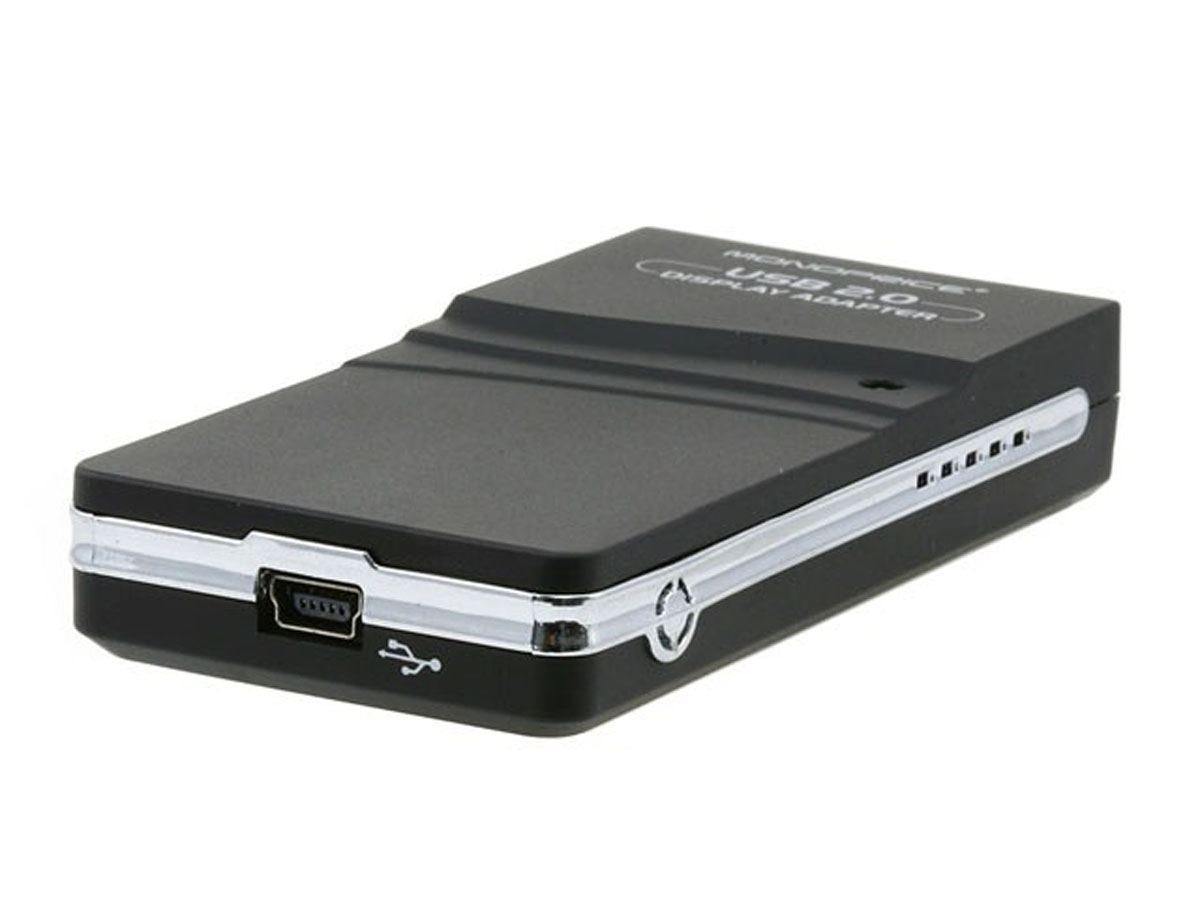Psa: Don't Buy Displaylink-based Usb Screens For Mac
When Apple’s latest macOS update blanked external screens, third-party hardware vendors scrambled to warn customers and caused Mac users to call each other names. MacOS 10.13.4, which Apple released March 29 and immediately began pushing to users, has crippled DisplayLink, the technology from the same-named company that allows multiple monitors to be connected to one PC, often through a hardware dock, via USB, Ethernet or even Wi-Fi. Companies including Dell, HP and Kensington sell docks that rely on DisplayLink. When Mac users saw blank displays, they raised a ruckus on Apple’s support discussion forum. Many work in corporate offices that had equipped workers with docks for their Mac, and multiple monitors that no longer showed anything. “I’ve got a very large number of Macs that I cannot permit this upgrade to be deployed to in my enterprise as it will cause enormous support issues,” reported on March 30, who caught on to the problem before he rolled out 10.13.4. “I have been using a plugable dock for 6 months with 3 monitors with NO issues.
EVERYTHING worked fine before this upgrade,” groused JPyre on the same thread. (“Plugable” refers to a line of docks.) Further reading: Some writing on Apple’s support forum said that they had rolled back to 10.13.3 from backups, but were unsure how to proceed, since failing to install 10.13.4 — and updates after that — meant leaving security vulnerabilities unpatched.
DisplayLink wasn’t much help. “We are aware that installing macOS release Version 10.13.4 will cause DisplayLink connected displays to go blank after the OS upgrade, with the current DisplayLink driver 4.1 installed,” reported someone identified as “Wim” and a product manager at the Palo Alto, Calif.-based DisplayLink.
Psa Don't Buy Displaylink-based Usb Screens For Mac
“Functionality such as Ethernet and audio, where implemented, is unaffected. We have alerted Apple to this issue and are working hard to find a resolution. These features continue to work as expected in 10.13.3.” As a partial solution, DisplayLink has released a preview version of its latest software driver, labeled “4.3,” for macOS. That driver only allows for “clone” mode — where the external display duplicates the Mac’s primary screen, sans controls, such as resolution — but leaves the most popular “extended” and “mirror” modes broken. In macOS, extended mode assembles multiple monitors into a single virtual display. “If you require mirror or extended mode displays, we recommend that you stay on macOS 10.13.3 or earlier at this time,” DisplayLink’s Wim added. Various vendors also warned customers to steer clear of 10.13.4.
“We strongly recommend that any Plugable customer using a DisplayLink-based product not update to 10.13.4,” Plugable Technologies, which makes a range of docks. “For advanced users, reinstalling macOS 10.13.3 and the necessary DisplayLink drivers should restore functionality. However, this is a time-consuming, complex process that isn’t for everyone.” Other Mac owners took to the to lodge complaints, with some knocking that company for not keeping pace with the previews of 10.13.4 that Apple made available, some taking Apple to task for crippling their workflow, and some striking out at other users for voicing dissatisfaction with anyone. “You should have known this was coming, with problem reports surfacing months ahead of time.
You should have warned your users AHEAD of time,” asserted Fred Laxton, referring to DisplayLink. Owc (other world computing usb-c dock for mac. “Why is this not Apple’s issue to own?” countered MAGJ, bashing Apple instead. “Why should an OS developer push a software update that causes such problems with 3rd party devices, without a warning that substantial changes are being made that may cause 3rd party solutions to lose compatibility?
Why does Apple not provide a rollback mechanism for exactly these types of situations? The change that broke DisplayLink was not DisplayLink’s, but Apple’s. The conclusion has to be that Apple products become unsuitable for mission-critical applications.” “So funny, all the iDiots blaming DisplayLink because of a feature that APPLE broke!” wrote Felicia, deciding to bash other users rather than either company. “Apple screws you, yet you whine. About DisplayLink. Suck it up, snowflakes.” Or was the real blame reserved for those who defended Apple?
“Apple broke stuff. Stuff that has worked for years!
No warning of any sort from them about massive changes in a ‘minor’ OS update,” griped one of the several “Anonymous” commenters. “It all used to work, and now doesn’t with the new OS update.
Psa: Don't Buy Displaylink-based Usb Screens For Mac Pro

And this is DisplayLinks’ fault?!” As several people pointed out on both Apple’s and DisplayLinks’ forums, this was not the first time that OS X or macOS updates and upgrades had triggered DisplayLink-related troubles. Upgrades as far back as OS X 10.8 — the 2012 edition also known as Mountain Lion — had affected the technology. That meant nothing to some customers. “I hope someone lost their job over this,” said Bob Z on the DisplayLink forum Tuesday. “No excuse for this when Apple gives you plenty of time to test.”.
Computer Hardware May the source be with you, but remember the KISS principle;-) Bigger doesn't imply better. Bigger often is a sign of obesity, of lost control, of overcomplexity, of cancerous cells Slightly Skeptical view on Computer Hardware Mainframe - A computer system whose purchase requires the approval of a committee of all the top executives in the organization. Mini - A computer system whose purchase requires the approval of your boss and probably some computer bureaucrat.
Micro - A computer system you can buy at your local computer store. James Brown posting to comp.org.acm Sited from Softpanorama Bulletin, Net-humor section September 1993 Some random tips on usage of desktop and servers. Top Visited Your browser does not support iframes.